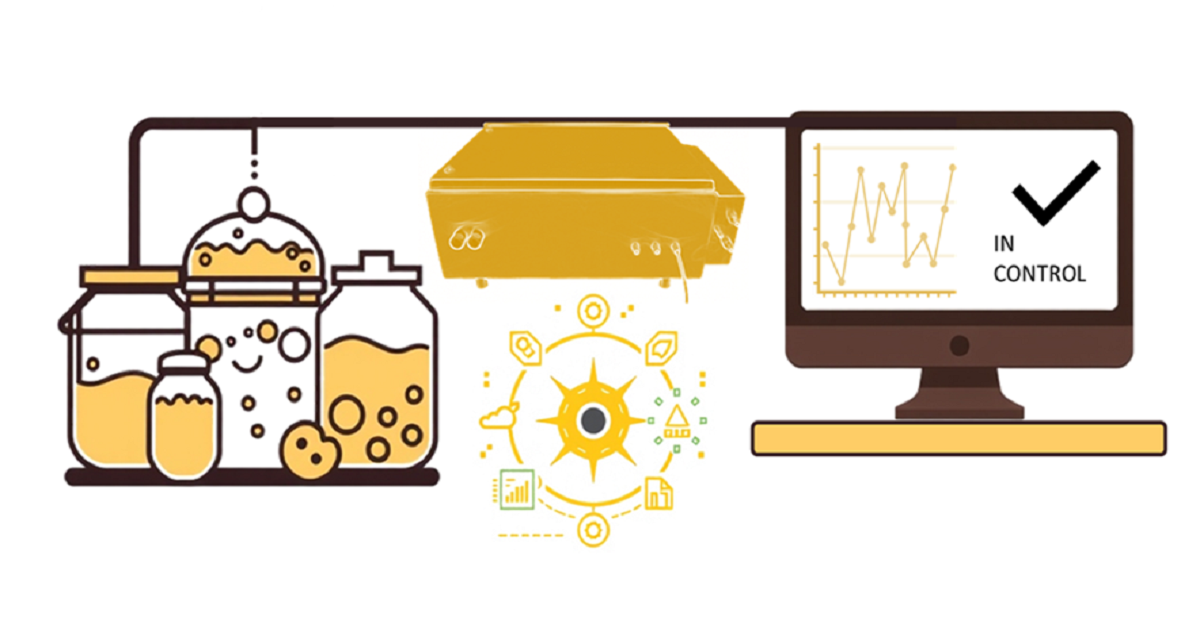Near-Infrared Spectroscopy for the Monitoring of Food Fermentation
A special issue of Foods (ISSN 2304-8158). This special issue belongs to the section "Food Analytical Methods".
Deadline for manuscript submissions: 31 October 2025 | Viewed by 3122

Special Issue Editors
Interests: food science and technology; food product and process optimization; food authentication; IR spectroscopy; rheology; chemometrics
Special Issues, Collections and Topics in MDPI journals
Interests: process analytical technology (PAT) applied to food; food quality evaluation; food authentication; non-invasive technologies; e-sensing technologies; spectroscopy; image analysis; electronic nose; chemometrics
Special Issues, Collections and Topics in MDPI journals
Special Issue Information
Dear Colleagues,
Fermentation-based processes have been of great interest to humans since the ancient times, due to their several applications. In particular, food and beverage fermentations are among the oldest known uses of biotechnology. They are performed not only to preserve foods but also to enhance the sensory, nutritional, and functional attributes of the final products. Traditionally, foods have been preserved through naturally occurring fermentation; however, modern large-scale production generally uses starter culture or enzymatic systems to ensure consistency and quality in the final product. The development of fermentation technology is still being carried out in order to improve the yield and quality of products, reduce the costs of production, and search for environmentally friendly processes. Sensing technologies can help in overcoming some of these issues, providing convenient, accurate, and cost-effective ways to monitor key biochemical parameters in fermentation processes. In particular, near-infrared spectroscopy can be a suitable tool for precise fermentation, especially when combined with chemometrics for big data management. Infrared sensors are, in fact, among the most common tools for the process analytical technology applied to food processing control.
Thus, the main goal of this Special Issue is to collect research and review manuscripts providing new insights in the use of NIR spectroscopy, coupled with chemometrics, for the monitoring of food and beverage fermentations as well as starter production, in order to move a significant step forward in the application of the Industry 4.0 and 5.0 principles in the food field.
Prof. Dr. Cristina Alamprese
Dr. Silvia Grassi
Guest Editors
Manuscript Submission Information
Manuscripts should be submitted online at www.mdpi.com by registering and logging in to this website. Once you are registered, click here to go to the submission form. Manuscripts can be submitted until the deadline. All submissions that pass pre-check are peer-reviewed. Accepted papers will be published continuously in the journal (as soon as accepted) and will be listed together on the special issue website. Research articles, review articles as well as short communications are invited. For planned papers, a title and short abstract (about 100 words) can be sent to the Editorial Office for announcement on this website.
Submitted manuscripts should not have been published previously, nor be under consideration for publication elsewhere (except conference proceedings papers). All manuscripts are thoroughly refereed through a single-blind peer-review process. A guide for authors and other relevant information for submission of manuscripts is available on the Instructions for Authors page. Foods is an international peer-reviewed open access semimonthly journal published by MDPI.
Please visit the Instructions for Authors page before submitting a manuscript. The Article Processing Charge (APC) for publication in this open access journal is 2900 CHF (Swiss Francs). Submitted papers should be well formatted and use good English. Authors may use MDPI's English editing service prior to publication or during author revisions.
Keywords
- near-infrared spectroscopy
- fermented food
- process analytical technology
- process monitoring
- chemometrics
- deep learning
- artificial intelligence
- precise fermentation
- online/in-line monitoring
Benefits of Publishing in a Special Issue
- Ease of navigation: Grouping papers by topic helps scholars navigate broad scope journals more efficiently.
- Greater discoverability: Special Issues support the reach and impact of scientific research. Articles in Special Issues are more discoverable and cited more frequently.
- Expansion of research network: Special Issues facilitate connections among authors, fostering scientific collaborations.
- External promotion: Articles in Special Issues are often promoted through the journal's social media, increasing their visibility.
- Reprint: MDPI Books provides the opportunity to republish successful Special Issues in book format, both online and in print.
Further information on MDPI's Special Issue policies can be found here.







